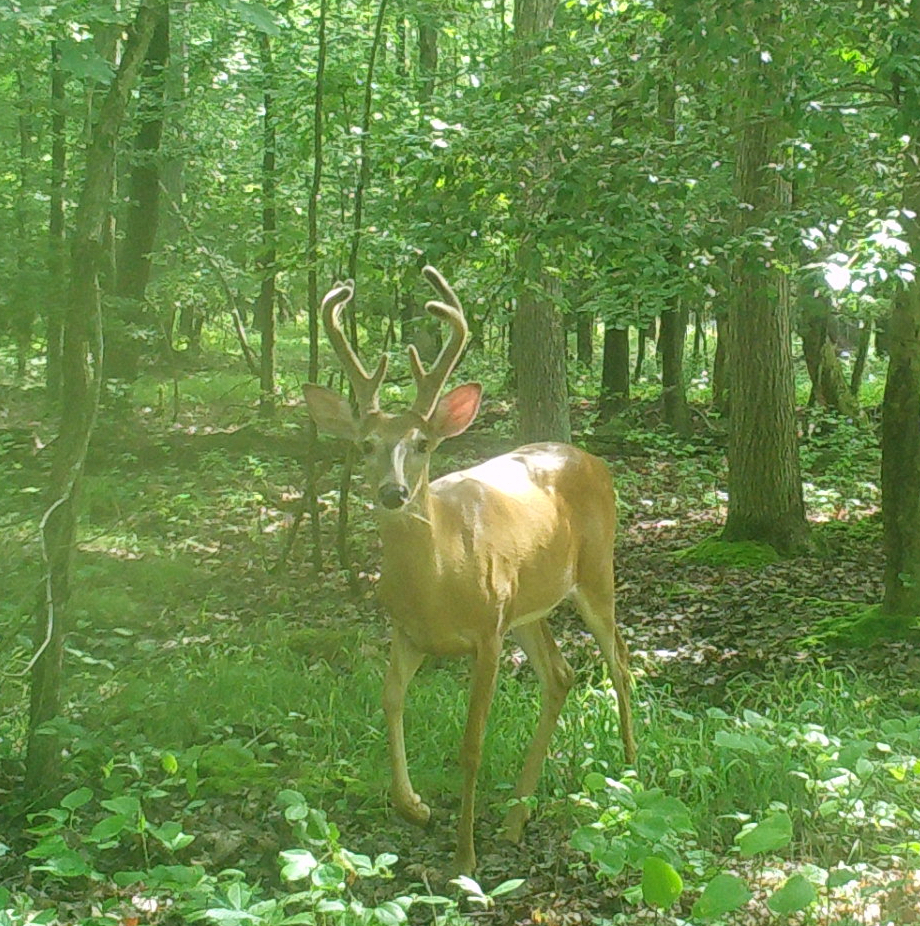It’s been a hot minute since I wrote about my nemesis, the cervid antler. But no worries. Because if there’s one thing you can count on, it’s that new research will always be published about antlers.

The most impressive thing about antlers is their regenerative ability. Coupled with their extremely rapid growth rate, antlers are a natural wonder of the world. Cells in the pedicle are special in that if you move them around, they still grow an antler. Leg antler anyone? Pedicle periosteum is responsible for this marvel. They know their job and they are good at it. Stories of unicorn or 3-antlered bucks are likely the result of some sort of trauma that shifted those cells around and – voilà, a new antler!

Pedicle periosteal cells express embryonic stem cell markers and can differentiate into multiple cell types. The periosteum (membrane of blood vessels and nerves that wraps around most bones giving them their blood supply and sense of feeling) has limited potential to proliferate, which makes regeneration of a limb impossible.
But before you start worshipping at the altar of the pedicle periosteum, there’s more! My handy dandy google alert delivered this gem to my inbox last week. This antler research falls into the “love” category of my love/hate antler relationship. Turns out it’s not just those fancy cells that can regenerate. They have an Avenger team.
If I do a quick body scan, I can tell you a story for every scar I find. The crescent shaped scar on my knee – I lost my balance in the boat while checking wood duck boxes; the V on my right hand – Sherman, the German Shepherd; the line on my left hand – me vs the hot oven rack. Scars are a part of life, right?
Scars are part of healing but there is a difference between scarring and regeneration. Scarring is a form of fibrous tissue which closes a wound but doesn’t restore the original tissue structure or function. Deer lose their antlers every year. The result is an open wound on their head. Yet when the wound closes, skin regenerates. No scars!

The Hulk that is the pedicle periosteum doesn’t go it alone. It takes a team to save the world or in this case an antler. Components in a deer’s blood during the antler regeneration period cause generic regenerative wound healing. Here’s what that means. Researchers found that foreheads wounds (inflicted as part of the study) during the spring and summer exhibited regenerative healing while those wounds healed with a scar in the fall and winter.
When antlers are growing, deer are like Captain America with superhuman healing ability. But this elixir isn’t just for deer. Topical application of deer blood plasma from the antler regeneration period applied to skin wounds in rats also promoted regenerative healing with increased cell proliferation, impaired inflammatory response, reduced myofibroblast transformation and elevated collagen remodeling. The blood was analyzed and fun things like IGF1 and PRG4 were found. I’m not venturing into that world, but you should read the paper for the details. It is pretty cool.
The conclusion: deer blood during the antler regeneration period contains magical healing properties capable of inducing regenerative wound healing which is not limited to deer!
Could deer bridge the gap between us and Captain America? Maybe.
Jeannine Fleegle
Wildlife Biologist
PA Game Commission
*If you are a first-time commenter on the blog, your post will not appear until it has been approved by the moderator. This is to prevent spam overwhelming us. If you do not see your post within 24 hours, please email us at deerforeststudy@gmail.com